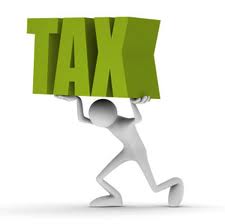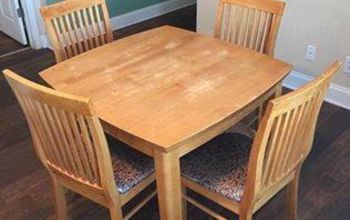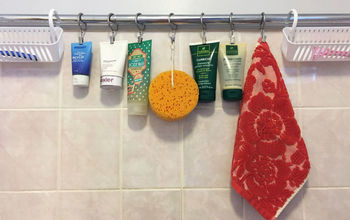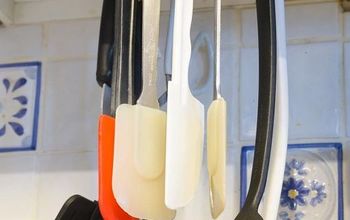655 Views
TAX TIME: Why You Want to Prioritize Green Home Improvement Tax Credits

by
Net Zero USA
(IC: homeowner)
Death and taxes are a sure thing, but tax credits and deductions are not. You may be missing the boat because your accountant is not informing you of the green home improvement tax credits and deductions that you may qualify for as a homeowner who targets home energy efficiency. Naturally, "number crunchers" are not in the position to tell you where to spend your money, and they are certainly not creative in suggesting how to spend it effectively. It is customary for your accountant to work with the information and receipts you provide them with, but many of them will not go much further than that.
There are many green home improvement tax credits available for homeowners like you, but they are disappearing quickly. Previously in 2006, you would earn a tax credit of $1,500 for upgrading your home's single pane windows to Energy Star rated double paned windows. Sadly, that specific green home improvement tax credit has expired, and only the savvy tax pros utilized it to the fullest. Luckily for us, Congress has extended a $500 dollar Energy Efficiency Tax Credit to December 31st, 2013. It may not sound substantial to some people, but we know the average person will enjoy paying Uncle Sam five hundred dollars less. This $500 dollar credit specifically pertains to roofs, exterior windows, water heaters, doors, insulation, and Energy Star HVAC systems. Do not find yourself screaming "shoulda, woulda, coulda" in a few years because you did not take advantage of this $500 dollar green home improvement tax credit while it was around.
In addition, there is a much largerFederal tax credit of 30 percent that you can receive for installing a solar thermal water heating system, photovoltaic (PV) solar panels, a wind power system, or a geothermal home energy system. Some states, such as North Carolina, have an additional 35 percent State tax credit that brings down the total cost of a green home improvement even further. However, in some states like Georgia the tax credit fund has been exhausted and the 35 percent credit no longer exists. This is another example of green home improvement tax credits quickly losing ground. In the next three years, the 30 percent Federal tax credit will expire. At this time, there is not a bill in place to extend anything after 2016.
Finally, upgrading your older appliances (dishwasher, refrigerator, etc.) to new, more efficient Energy Star models can earn you up to $225 dollars in tax credits depending on the model and efficiency level. These tax credits are also set to expire, so we recommend considering which green home improvement tax credits have shorter expiration dates, and then prioritizing accordingly.
Accountants cannot be blamed for lack of communication when it comes to energy efficiency and green home improvement tax credits. However, Net Zero USA wants to get the word out and wants people to know that there is NO guarantee that all of these home improvement credits will be around in 2014 (we've all heard about federal and state budget deficits). We also know that the trend of 'green' energy efficient homes is on the rise, so if a homeowner does not take advantage of these tax savings now, it can cost them substantially more in the future. Now, as you do your taxes and plan to work on home improvements this year, make sure you prioritize energy efficiency and utilize these available green home improvement tax credits while they still exist.
Net Zero USA proudly sells energy efficient green home improvements designed to dramatically reduce home energy bills.
www.netzero-usa.com
There are many green home improvement tax credits available for homeowners like you, but they are disappearing quickly. Previously in 2006, you would earn a tax credit of $1,500 for upgrading your home's single pane windows to Energy Star rated double paned windows. Sadly, that specific green home improvement tax credit has expired, and only the savvy tax pros utilized it to the fullest. Luckily for us, Congress has extended a $500 dollar Energy Efficiency Tax Credit to December 31st, 2013. It may not sound substantial to some people, but we know the average person will enjoy paying Uncle Sam five hundred dollars less. This $500 dollar credit specifically pertains to roofs, exterior windows, water heaters, doors, insulation, and Energy Star HVAC systems. Do not find yourself screaming "shoulda, woulda, coulda" in a few years because you did not take advantage of this $500 dollar green home improvement tax credit while it was around.
In addition, there is a much largerFederal tax credit of 30 percent that you can receive for installing a solar thermal water heating system, photovoltaic (PV) solar panels, a wind power system, or a geothermal home energy system. Some states, such as North Carolina, have an additional 35 percent State tax credit that brings down the total cost of a green home improvement even further. However, in some states like Georgia the tax credit fund has been exhausted and the 35 percent credit no longer exists. This is another example of green home improvement tax credits quickly losing ground. In the next three years, the 30 percent Federal tax credit will expire. At this time, there is not a bill in place to extend anything after 2016.
Finally, upgrading your older appliances (dishwasher, refrigerator, etc.) to new, more efficient Energy Star models can earn you up to $225 dollars in tax credits depending on the model and efficiency level. These tax credits are also set to expire, so we recommend considering which green home improvement tax credits have shorter expiration dates, and then prioritizing accordingly.
Accountants cannot be blamed for lack of communication when it comes to energy efficiency and green home improvement tax credits. However, Net Zero USA wants to get the word out and wants people to know that there is NO guarantee that all of these home improvement credits will be around in 2014 (we've all heard about federal and state budget deficits). We also know that the trend of 'green' energy efficient homes is on the rise, so if a homeowner does not take advantage of these tax savings now, it can cost them substantially more in the future. Now, as you do your taxes and plan to work on home improvements this year, make sure you prioritize energy efficiency and utilize these available green home improvement tax credits while they still exist.
Net Zero USA proudly sells energy efficient green home improvements designed to dramatically reduce home energy bills.
www.netzero-usa.com
Enjoyed the project?
Published March 27th, 2013 11:01 AM

























Frequently asked questions
Have a question about this project?